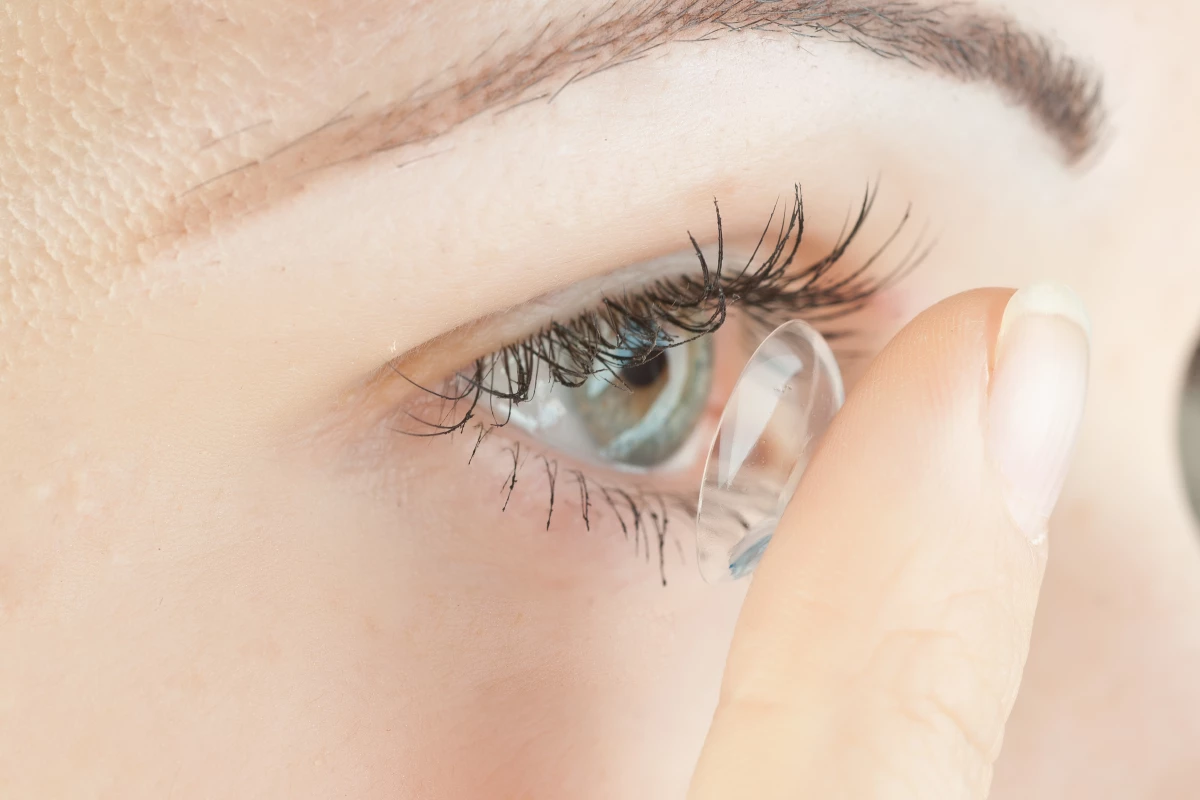Although contact lenses may be less awkward than glasses, they do have their drawbacks – among these is the fact that they can cause "dry eye syndrome." Help could be on the way, however, in the form of a self-moisturizing contact.
When worn for long periods of time, traditional contact lenses can dry out the eyes by both reducing how often the wearer blinks (blinking serves to draw a fresh tear film across the surface of the eye) and increasing moisture evaporation. Corneal wounds, inflammation and discomfort may occur as a result.
Led by Prof. Matsuhiko Nishizawa, a team from Japan's Tohoku University set out to design a lens that addresses the problem.
The prototype device maintains a layer of tear fluid between itself and the eye via a phenomenon known as electroosmotic flow (EOF), in which liquid is made to flow by applying a voltage across a charged surface. In the case of the contact, a current is applied to the hydrogel of which the lens is made, drawing fluid up from the natural tear reservoir located behind the lower eyelid.
So far, the scientists have successfully powered the lens utilizing built-in magnesium-oxygen and enzymatic fructose-oxygen "biobatteries." That said, they are looking into the possibility of wirelessly powering a future version of the device – they also hope to make the lens tougher, and to reduce the required voltage.
"This is the first demonstration that EOF in a soft contact lens can keep the lens moist," says Nishizawa. "In the future, there is scope to expand this technology for other applications, such as drug delivery."
A paper on the research was recently published in the journal Advanced Materials Technologies.
Source: Tohoku University





